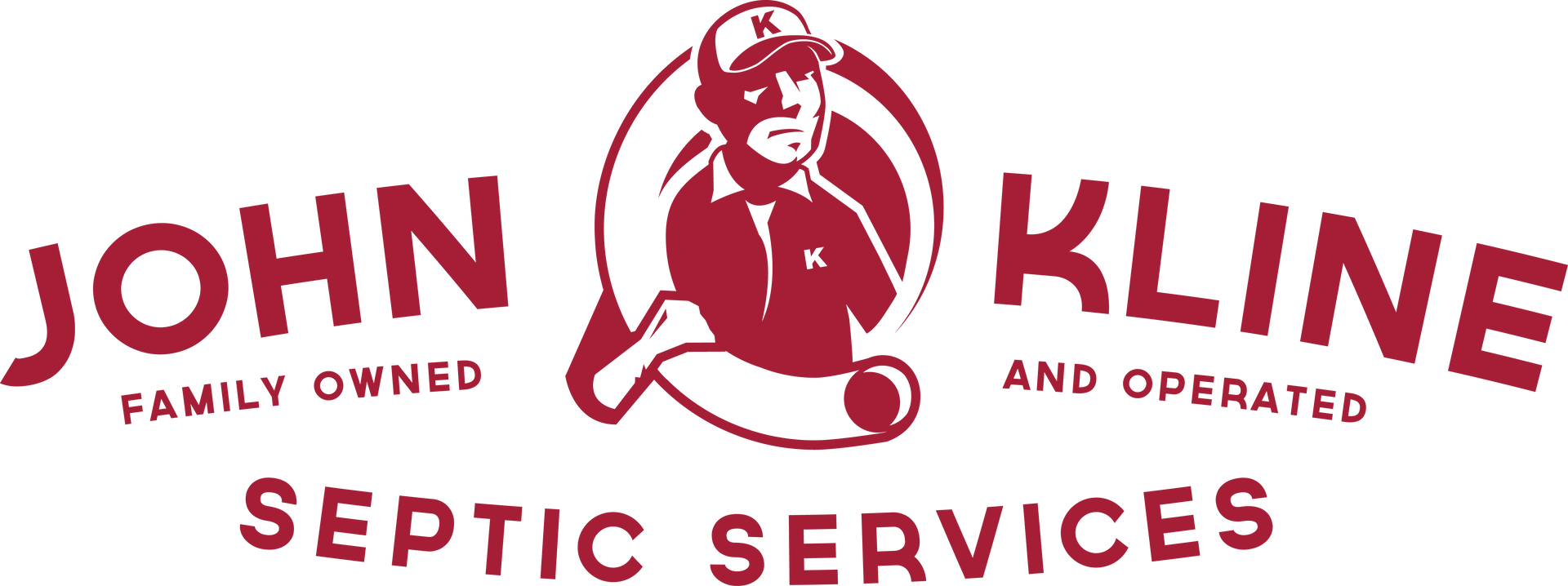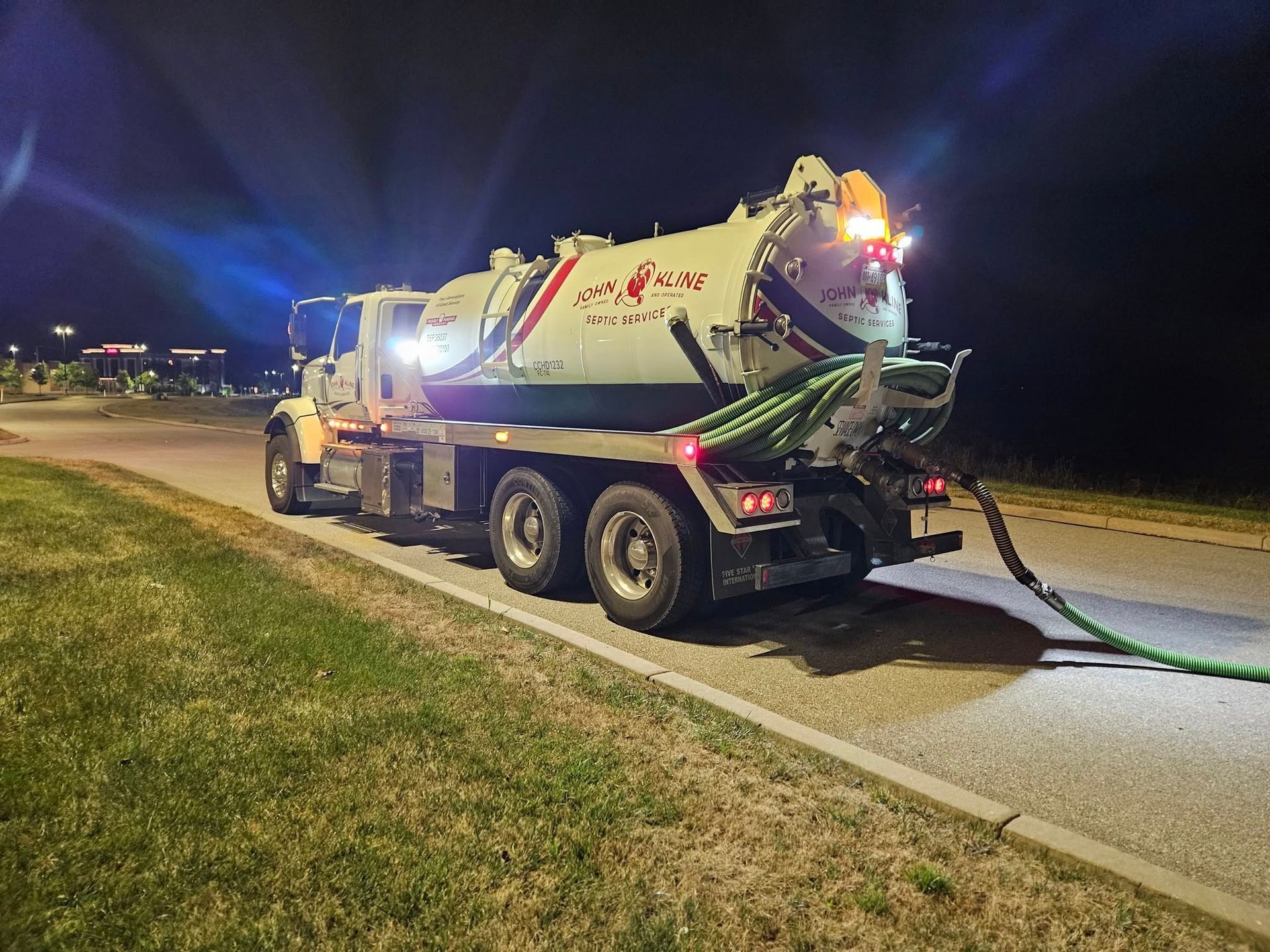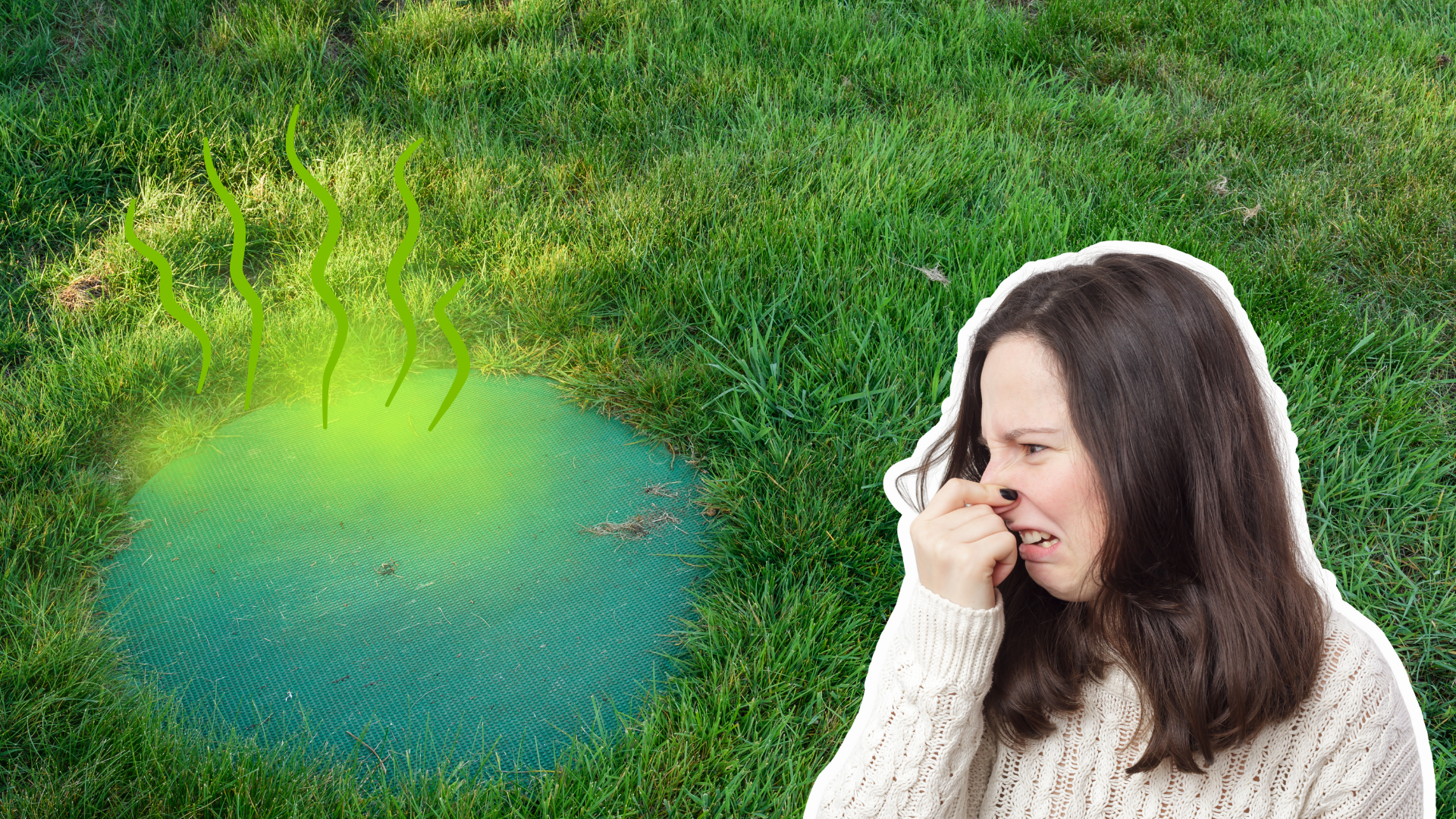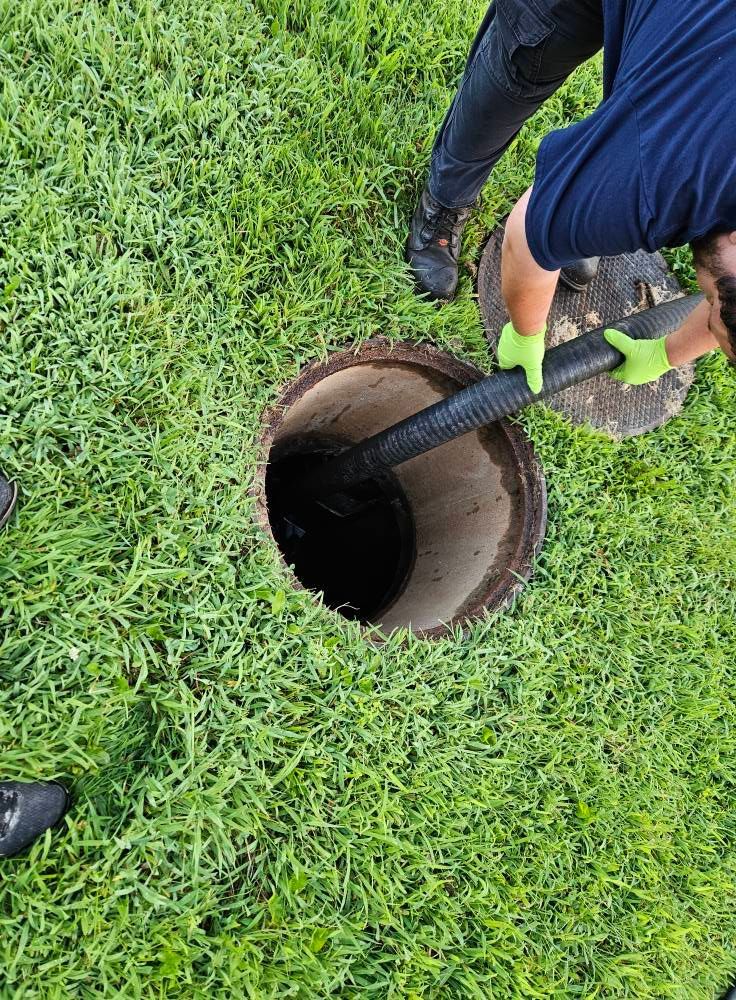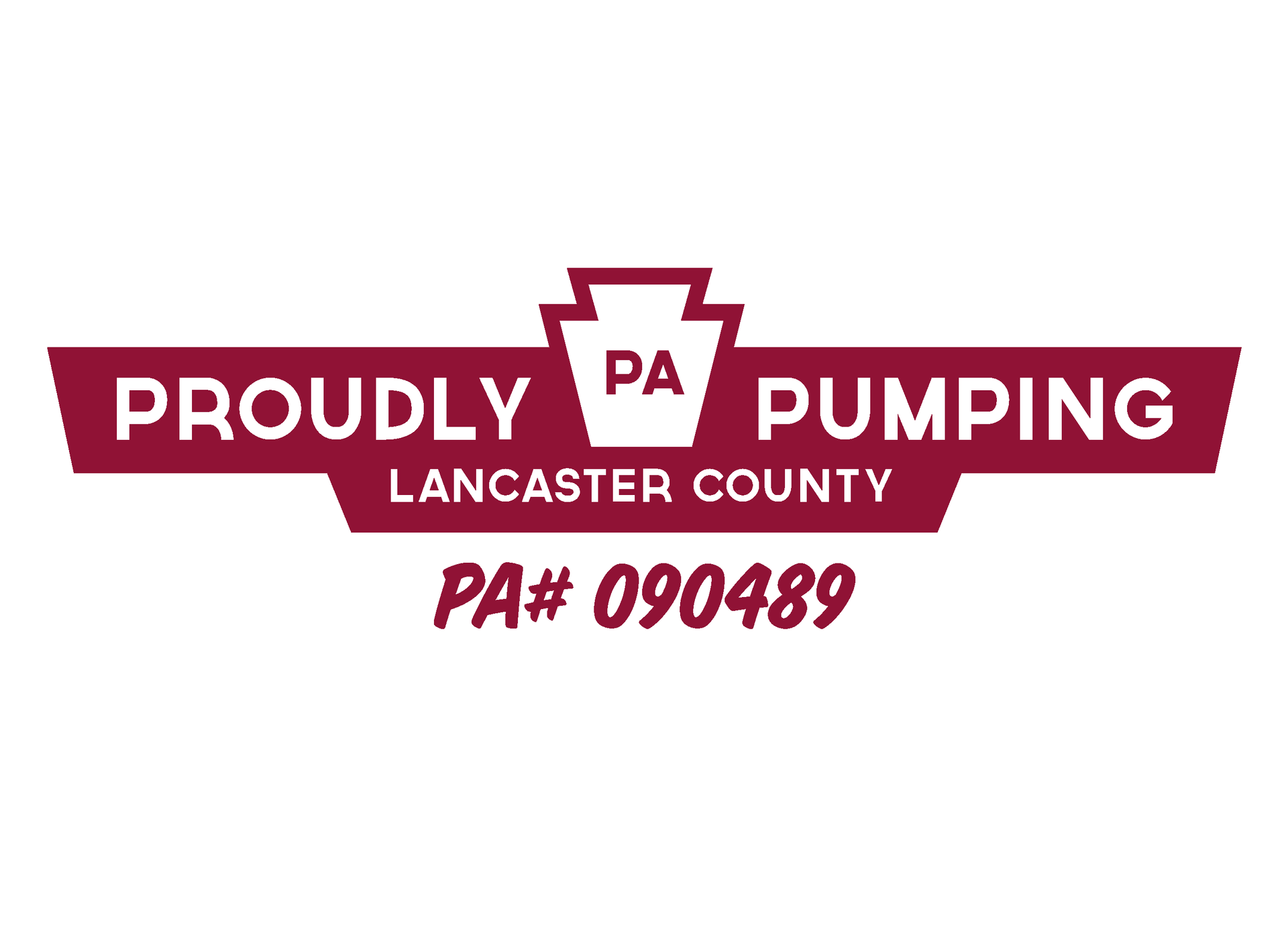What Type of Septic System Do You Have?
Understanding Your Home's Largest Utility
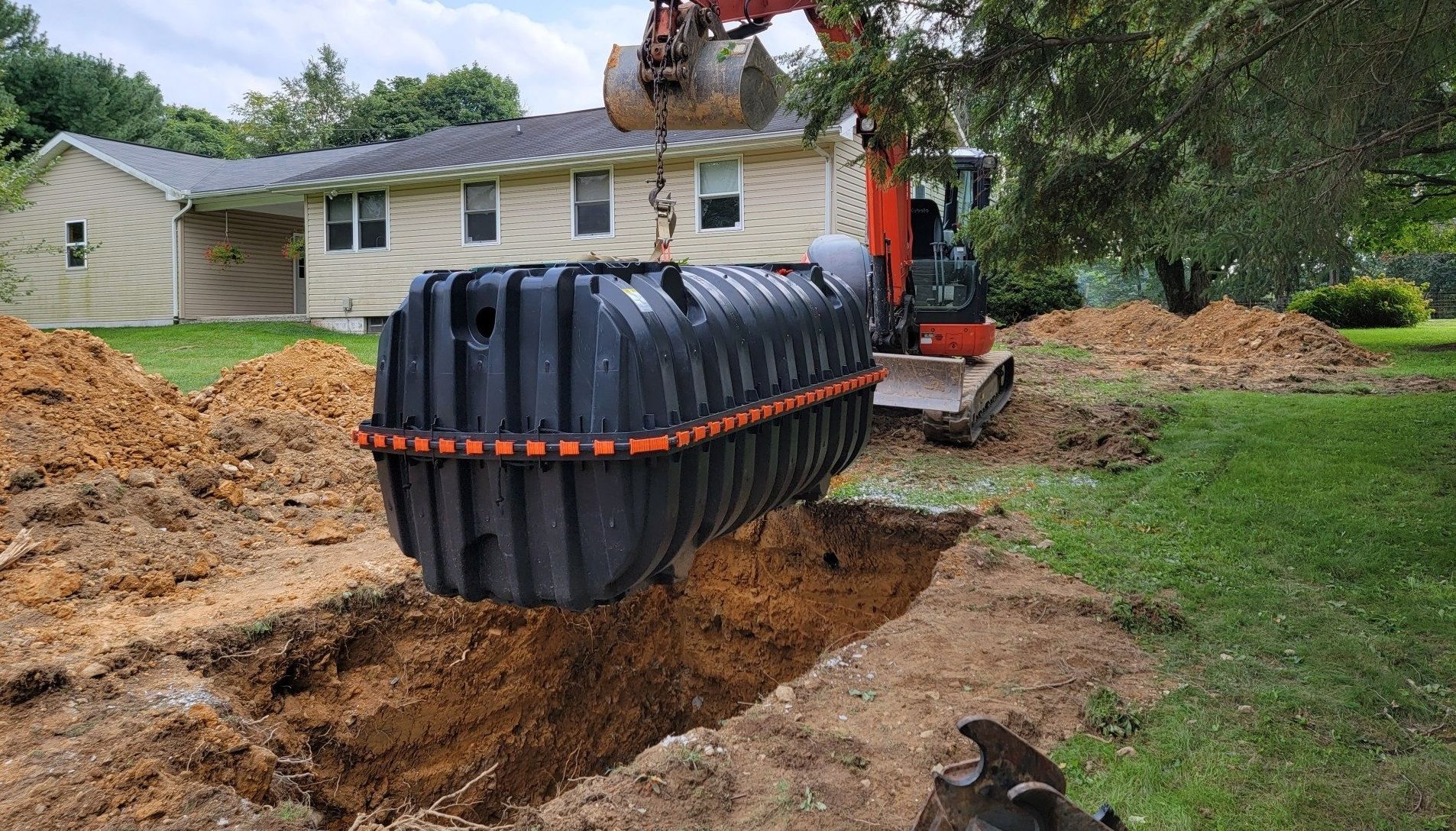
We've noticed that many homeowners pay little attention to the type of septic system their home has, but knowing what happens to your wastewater and how to properly care for the system you have is important. We encourage you to know where your system and its components are located, when it was installed and what type of tank you have. If you ever have a septic problem, this information will be essential for diagnosis and repairs. Keep reading to learn more about the most common types of septic systems in Lancaster, Pa, or contact us to schedule your next septic pumping service. We've been in the septic industry for four generations so when it comes to septic cleaning, septic inspections or repairs, John Kline is a name you can trust.
Types of Lancaster, Pa Septic Systems
Conventional Septic Systems
A conventional septic system is the most common type of septic system in Central Pa. A conventional system starts with an underground watertight septic tank. Most tanks are made of concrete or polyethylene (a very thick, durable plastic material). Your home's wastewater flows from the house into the tank, where heavy solids settle to the bottom and fats, oils and grease float to the top. The remaining liquid waste, or effluent, is then pushed into a system of distribution pipes that branch out and slowly release wastewater into an absorption area called a drain field.
Drain fields are underground trenches or beds lined with gravel and strong geofabric. Along with natural bacteria, these layers filter out contaminants to protect the environment and ensure that waste is effectively filtered and distributed back to the ground. Because conventional systems are the most common type of septic system for single-family homes, they are relatively easy to repair when needed. We install many of these conventional systems each year.
Elevated Sand Mound Systems
Sand mound septic systems get their name from a large, raised mound built to contain the drain field. The liquid waste from the septic tank, is transferred to a pump chamber that pumps it into a mound of gravel and sand at timed intervals. The liquid waste then filters through the sand and eventually disperses into the soil.
Sand mound systems are popular in more rural areas where there is plenty of land to build on, but the soil is too shallow for a conventional septic system. They are usually noticeable, but can be "disguised" with creative landscaping. They require a substantial amount of space to build and these engineered septic systems are not cheap - they will set you back upwards of $15K-$40K.
Chamber Systems
A chamber system is similar to a conventional system and becoming more common in the Central Pa area. When you opt for a chamber system as opposed to a conventional system, you may be able to reduce the square footage of the absorption area by up to 40%. These systems operate with a gravel-less drain field that typically uses large open-bottomed plastic piping, or leaching chambers, fitted within a trench in the ground. After wastewater passes through the septic tank and distribution box, it finds its way into the leaching chambers, where it makes contact with the soil. Within the ground inside the chambers, effluent disperses, which allows for wastewater treatment before it enters the soil.
Regardless of what kind of septic system you have, remember to call John Kline Septic Services for any of your maintenance needs or repairs. Purchasing a new property? Talk to us about your septic system installation or excavation needs. When it comes to wastewater management, John Kline is a name you can trust for quality service and workmanship!
